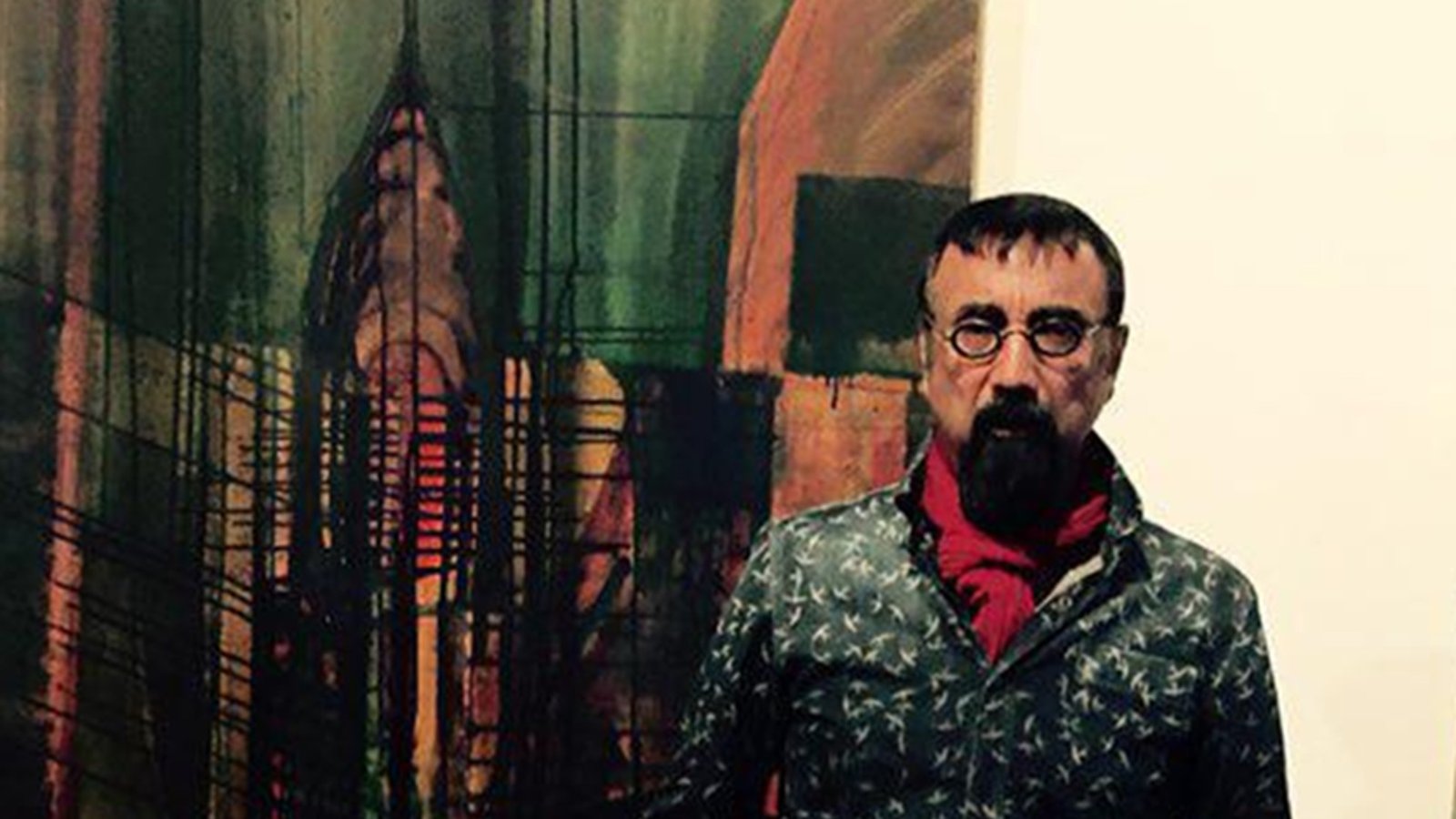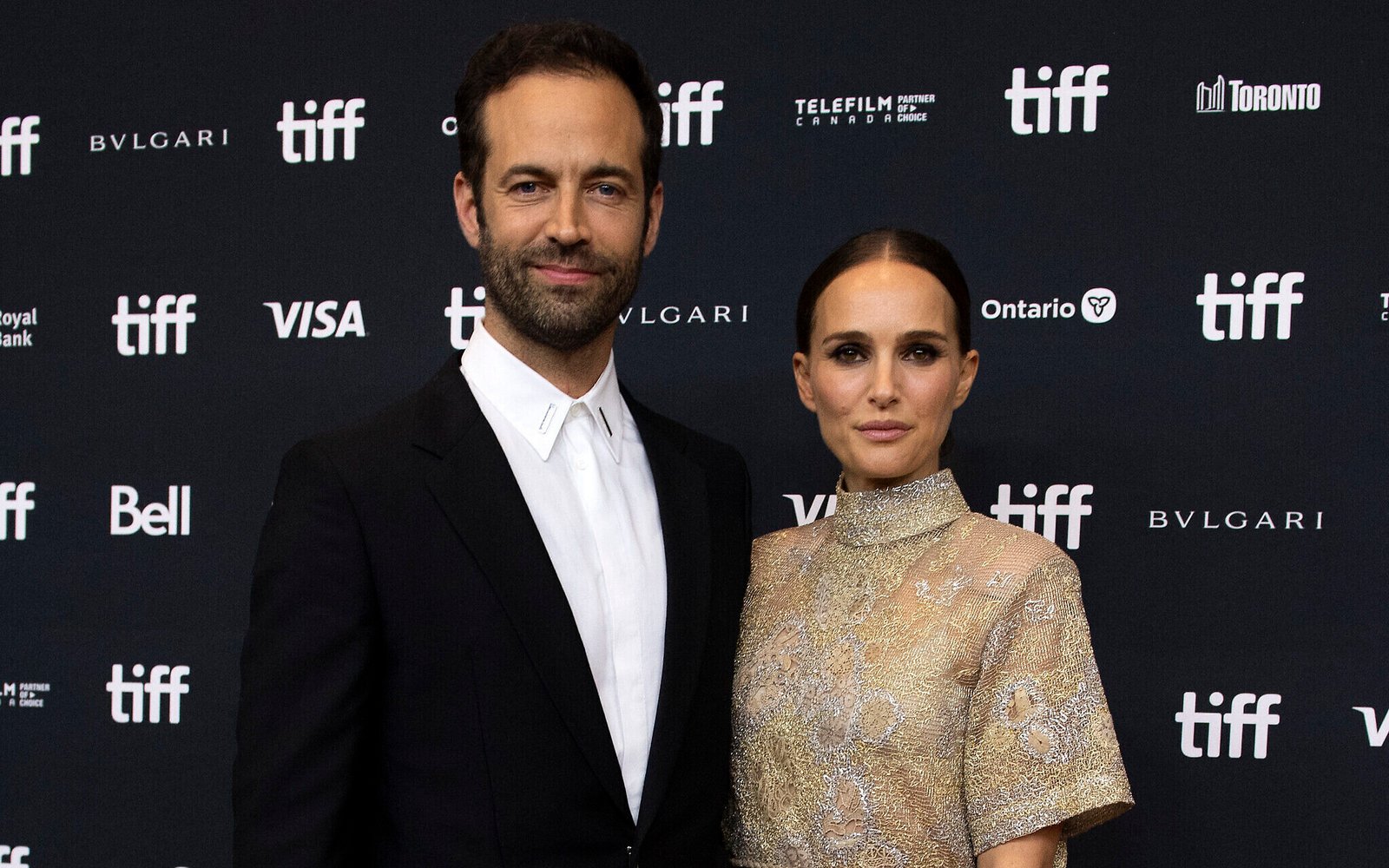In the ever-evolving landscape of social media, stories of sudden viral fame and its accompanying challenges are not uncommon. Recently, a dance video featuring a girl garnered widespread attention on various social media platforms, leading to comparisons with actress Ayman Khan and sparking a mix of admiration and ridicule from users.
The girl in question, identified as Mona Lisa, found herself thrust into the spotlight as her dance video circulated across social media channels. Many users remarked on her resemblance to actress Ayman Khan, while others dubbed her the “Ayman Khan of Korangi,” a reference to her apparent similarity to the popular actress and the area where she hails from.
Embracing her newfound visibility, Mona Lisa took proactive steps to establish her online presence by creating an official Instagram account under the name Mona Lisa. As her dance video continued to gain traction, her Instagram following surged, with her current number of followers surpassing 2,300—a testament to the power of viral content in shaping online engagement and audience reach.
While Mona Lisa expressed happiness at the attention her video received, she also found herself at the receiving end of online criticism and mockery. Negative comments and disparaging remarks about her appearance and talent flooded her social media accounts, prompting Mona Lisa to address her detractors directly through an Instagram story.
In her message, Mona Lisa clarified that she never claimed to resemble actress Ayman Khan; rather, it was users who drew comparisons between them. She lamented the negative comments and urged critics to refrain from tarnishing her online presence with their disparaging remarks. “Stay away from my social media accounts, my photos and videos,” she asserted, emphasizing her right to maintain a positive and supportive online environment.
The barrage of negative feedback took a toll on Mona Lisa’s emotional well-being, prompting her to take decisive action to protect herself from further criticism. In a move to shield herself from unwarranted negativity, she made the decision to disable the comment section on her Instagram posts, effectively limiting the avenues through which critics could express their opinions.
Mona Lisa’s experience serves as a sobering reminder of the dual nature of viral fame, which can bring both adulation and scrutiny in equal measure. While social media platforms offer individuals the opportunity to showcase their talents and connect with a global audience, they also expose users to the harsh realities of online criticism and cyberbullying.
Despite the challenges she faced, Mona Lisa’s resilience shines through as she navigates the complexities of online fame with grace and determination. By taking control of her online narrative and setting boundaries to protect her mental well-being, she exemplifies the importance of self-care and self-advocacy in the digital age.
As Mona Lisa continues her journey in the spotlight, her story serves as a cautionary tale for both content creators and social media users alike, highlighting the importance of empathy, respect, and kindness in online interactions. In a world where viral moments can shape destinies overnight, it is imperative to remember the human behind the screen and treat others with the compassion and dignity they deserve.



